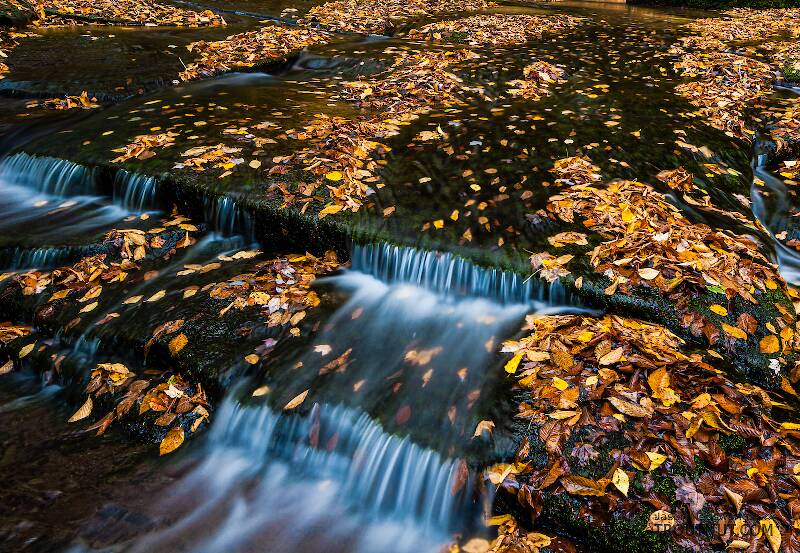
Salmonflies
Pteronarcys californica
The giant Salmonflies of the Western mountains are legendary for their proclivity to elicit consistent dry-fly action and ferocious strikes.

Mayfly Species Caenis diminuta (Angler's Curses)
Species Range
Physical description
Most physical descriptions on Troutnut are direct or slightly edited quotes from the original scientific sources describing or updating the species, although there may be errors in copying them to this website. Such descriptions aren't always definitive, because species often turn out to be more variable than the original describers observed. In some cases, only a single specimen was described! However, they are useful starting points.
Male Spinner
Wing length: 3 mm
A small species, with a dark band on the hind femora; blackish head; forceps short.
Head blackish over a pale ground color; antennae pale. Pronotum pale, with heavy blackish suffusion; laterally paler; often with a narrow black line along the lateral and posterior margins. Mesonotum deep bronzy brown, slightly tinged with smoky; scutellum paler, with black shading. A black transverse band on the metanotum. Pleura the same color as the mesonotum; black shading anterior to the wing roots, and a few black streaks below these areas. Sternum pale with a slight brownish tinge. Coxae and femora of the fore legs smoky, a blackish apical band on the femora; tibiae and tarsi paler, only slightly tinged with smoky. Middle and hind legs whitish; coxae tinged with smoky, and with a black spot laterally; a distinct black streak dorsally at the apices of the femora, this streak continuing downward on the outer side to form a blackish apical band, a fine black line may be present basally on the dorsal edge of each femur. Wings semi-hyaline, whitish; subcosta and radius dark.
Abdomen pale yellowish white; tergites 1-6 shaded heavily with blackish; tergites 1, 2, and the base of 3 pale in the median area, the mid-dorsal line black; posterior margins of 1-6 black, the lateral margins pale, with distinct black stigmatic dots. Tergites 7 and 8 largely pale, the black shading consisting only of two faint submedian patches, a black stigmatic dot, and the black posterior margin. Tergite 9 with a deeper yellow tinge dorsally; shaded heavily with blackish laterally; often a dark dot in the yellow area. Tergite 10 yellowish. Sternites pale yellowish; 1-6 with fine black streaks in the antero-lateral areas; 6-9 with more or less distinct black lateral dots, arranged obliquely, the posterior dot nearest the median line; these dots may be visible at times on the basal sternites also. Forceps and tails pale. Forceps short, rather stubby (see Pl. XXXIX).
The black apical band of the hind femora, the small size, the dark head and dark brown mesonotum distinguish this species from others with short forceps.
Start a Discussion of Caenis diminuta
References
- Needham, James G., Jay R. Traver, and Yin-Chi Hsu. 1935. The Biology of Mayflies. Comstock Publishing Company, Inc.
Mayfly Species Caenis diminuta (Angler's Curses)
Species Range
Common Names
Resources
- NatureServe
- Integrated Taxonomic Information System
- Global Biodiversity Information Facility
- Described by Walker (1853)


